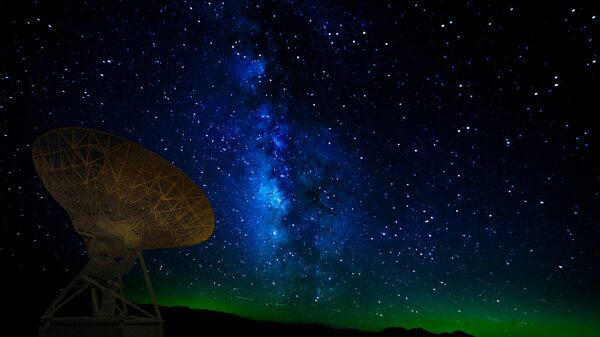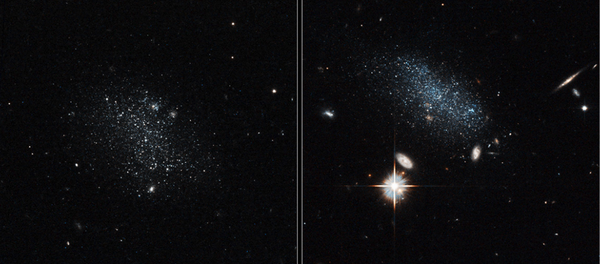Researchers with the RATAN-600 radio telescope observatory in Russia, northeast of the Black Sea, have picked up an unusual microwave transmission operating at a wavelength of 2.7 cm – approximately 11 GHz – whose source appears to be the Sun-like star HD 164595.
Scientists are skeptical, but there is a chance, however remote, that the signal could be from an intelligent civilization.
"No one is claiming that this is the work of an extraterrestrial civilization, but it is certainly worth further study," Paul Gilster wrote for the Centauri Dreams website. "But the signal is provocative enough that the RATAN-600 researchers are calling for permanent monitoring of this target."
The star is known to host one planet. With a 40-day orbit, that body is likely too hot to harbor life, but undetected planets could also exist in the system.
Some are quick to point that SETI detects signals like these occur on a regular basis, and it’s entirely possible that a natural event, such as a stellar flare, or even a military signal from our own planet could have triggered the radio-telescope sensors.
"All in all, it’s rather uninteresting from a SETI standpoint," said Eric Korpela, an astronomer with Berkeley SETI, according to Vox.
"But, of course, it’s been announced to the media. Reporters won’t have the background to know it’s not interesting. Because the media has it, and this business runs on media, [other astronomers] will look at it…And we’ll all find nothing. It’s not our first time at this rodeo, so we know how it works."
There was similar hype surrounding the discovery of the potential "alien megastructure" surrounding Tabby’s Star. While subsequent observations have failed to reveal evidence of an extraterrestrial intelligence in the region, they haven’t disproven the notion, either.
Still, others points out that even if the signal doesn’t lead to an extraterrestrial civilization, it could still lead to something humanity has not seen before.
"If this were a real astronomical source, it would be rather strange," Nick Suntzeff, a Texas A&M University astronomer, told Ars Technica.
We can’t know for sure what caused the signal until further studies are conducted, but, for now, interest has certainly been piqued.






